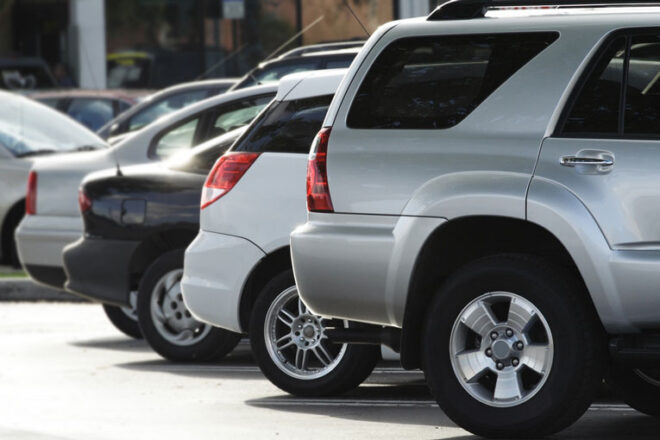Depositing checks has evolved over the years. Self-service ATMs removed the need to visit banks during normal business hours. And with mobile deposits, also known as remote deposit capture (RDC), customers don’t have to leave their homes at all. They simply scan checks with their smartphones or tablets and deposit the money directly into bank accounts, prepaid cards, or mobile wallets.
According to a recent study on mobile deposits, 54 percent of banking customers used their mobile app within the past year to deposit a check, and 52 percent stated this was one of the most important mobile banking features to them.1
Convenience of mobile deposits not without risk
Despite the growing popularity of mobile deposits, the technology is not without certain risks. Fraud remains a concern as deliberate “double depositing” or “double presentment” continues to happen. It’s possible to scan and deposit a check using a smartphone before physically depositing that same check at a local banking branch, check cashing institution, or through an ATM.2
Time lags and other loopholes are relatively easy to exploit — especially when making deposits into secondary accounts (e.g. prepaid cards and mobile wallets) that don’t typically face high levels of scrutiny.
How bad is this fraud? Estimates vary. Some experts put the number at 3.5 for every 10,000 checks deposited,3 while banks reported stopping 90 percent or $17 billion in fraud attempts.4
Regardless of the numbers, anything over 0 percent fraud is unacceptable. Thus, banks continue taking steps to help reduce fraudulent mobile deposits, including:
- Limiting the number of mobile deposits customers can make per month
- Limiting the dollar amount of mobile deposits per month
- Using imaging technology to prevent double-depositing
- Holding recently deposited amounts in escrow
Making mobile deposits safer
Even with these measures, mobile deposit fraud carries other risks — namely rising costs.
When caught early on, fraudulent deposits are relatively easy to stop. The financial impact is minimal. But when detected on Day 2, banks must invest additional time and resources to reverse fraudulent charges. These costs rise with each passing day. Even when financial institutions can successfully detect and even counteract fraud after the fact, they can’t avoid accumulating additional expenses along the way.
According to some estimates, processing traditional paper checks can cost anywhere from $4 to $20 per transaction (in hidden fees).5 By digitizing the process, mobile deposits are supposed to help reduce these fees — not increase them.
Diminished consumer confidence is also a major obstacle as well. Although banking customers want mobile deposit access, this enthusiasm could disappear if banks begin passing on their own internal costs down the line.
Interested in learning more?
If you’re interested in learning more about our payment acceptance and business management services, our professional team is here to assist you. Contact us today!
1 “JPMorgan Chase Ranked Best Mobile Deposit User Experience,” Forbes, 22 January 2020
2 “Cashing the Same Check Twice: The New Era of Check Fraud,” BGW CPA, 20 March 2017
3 “Member Service Over Fraud Losses?” CU Today, 10 June 2018
4 “Scammers use mobile check deposit technology to rip off people, businesses,” ABC 7 Eyewitness News, 30 August 2019
5 “The Real Cost of Sending Paper Checks for Your Business,” Checkeeper, 17 December 2018






